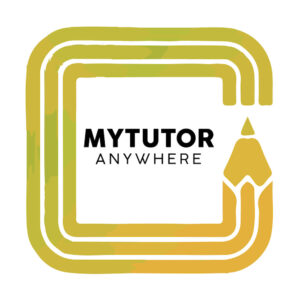by Daniel
The Orton-Gillingham approach works for many people with dyslexia and other language-based learning difficulties because it is designed to address their specific learning needs. The approach is based on the principles of multisensory learning, which means it uses multiple channels of information to engage students in learning. This can help to overcome the weaknesses that students with dyslexia and other language-based learning difficulties often have in processing information.
The Orton-Gillingham approach is also structured and systematic, which can help students with dyslexia and other language-based learning difficulties build their language skills in a logical and sequential way. This structure helps students build a strong foundation of skills and knowledge that they can build upon as they continue to learn.
In addition, the Orton-Gillingham approach is designed to be highly individualized, with each lesson tailored to meet the specific needs of the student. This personalized approach allows the tutor to focus on the student’s strengths and weaknesses, and to provide support and instruction that is most effective for that student.
Finally, the Orton-Gillingham approach emphasizes the use of positive reinforcement and correction, which can help students with dyslexia and other language-based learning difficulties feel successful and motivated to keep learning. The tutor provides praise and encouragement for progress, as well as feedback and correction for errors, to help the student continue to make progress.
Overall, the Orton-Gillingham approach works because it is a comprehensive, multisensory, individualized, and structured approach to teaching that addresses the specific needs of students with dyslexia and other language-based learning difficulties.

